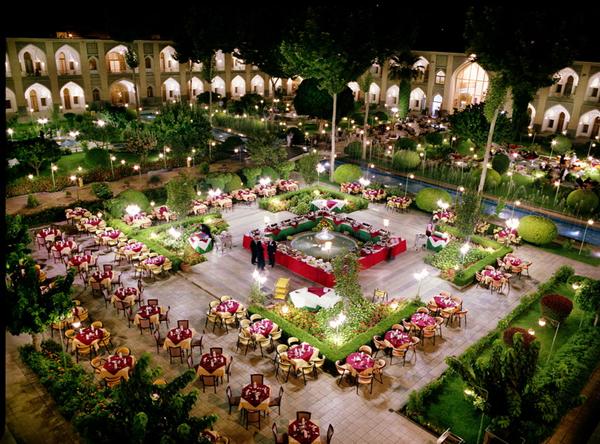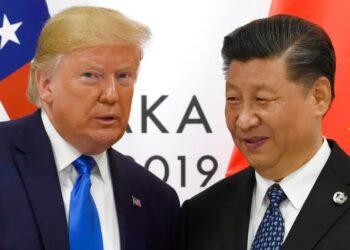
Iran’s tourism chief says he is preparing for a “tsunami” of foreign tourists as the new nuclear deal goes into effect.
Masud Soltanifar, a vice president who is head of the Iranian Cultural Heritage and Tourism Organization (ICHTO), said President Rohani’s moderate policies and the easing of visa rules are opening the door for the return of foreign tourists to Iran.
Soltanifar said Iran will soon unveil a plan seeking foreign investors to fund 1,300 planned projects in the badly-battered tourism industry.
Even without sanctions being lifted, he said the number of foreigners visiting Iran grew 12 percent in each of the past two years. In 2014, Iran hosted over 5 million tourists, he said.
About half, however, were Shiites going to pilgrimage sites, chiefly the Shrine of Imam Reza in Mashhad. They are not known as big spenders and don’t usually spend much time in Iran.
Many of the others are believed to have been shoppers coming from Central Asia and across the Persian Gulf to buy goods that are cheap because of Iran’s poorly valued rial. They stay only a day or two, but do spend money.
Iran believes it has the historical monuments that are loved by wealthy Europeans and North Americans who tend to stay a week or two and spend really big bucks. And tourism analysts agree.
In an interview with The Associated Press, Soltanifar said, “In the post-sanctions era, tourism is an industry that will get a boost more than any other sector. Tourism is certainly the driving engine to get Iran’s economy out of recession. Iran’s tourism sector is a flourishing market for investors. We are anticipating a tsunami of tourists after sanctions are lifted.”
But countering the huge draw of Persepolis and many other historical sites, of top-notch cuisine and superb hospitality are such restrictions as few beds in international quality hotels, the dress code for women, the absence of wine at meals, the regime’s political hostility to the West and such things as husband and wife not being able to swim together in hotel swimming pools or at beaches.
Soltanifar said officials are trying to remove obstacles for tourists by working on more hotel beds and swifter visas. But he skipped over the dress code, wine and swimming.
He said Iran will soon issue visas on arrival at the airport in Tehran for nationals of 190 countries. Americans, Canadians and Britons will not benefit, however.
The visas will be valid for 30 days, with the possibility of extending for another 15 days. Tourism authorities are also planning to issue electronic visas beginning next year, he said.
In 2014, there were 3,400 American visitors to Iran, up from 1,800 in 2013, Soltanifar said. The Iranian media have touted those numbers as a doubling of US tourists visiting Iran. According to the US Commerce Department, 1.8 million Americans visited the Middle East in 2014, so Iran’s share was an inconsequential 19/100ths of 1 percent even after doubling.
Currently, Iran lacks sufficient accommodation and transportation for any large surge in the number of tourists. Iran has 1,100 hotels and guest houses, 130 of them 4- and 5-star hotels.
“We need to increase our four- and five-star hotels from 130 to 400 in 10 years. We are providing low-interest funds out of the National Development Fund to private investors to build modern hotels,” Soltanifar said.
“American tourists and investors are welcome. There is no obstacle or restrictions for them to visit Iran or invest in the country,” he said. However, easy visas are not available to Americans. And the US sanctions that bar American citizens and residents from investing in Iran will remain in effect.
Last month, an Iranian firm signed an agreement with French hotel giant AccorHotels to manage two existing Iranian hotels under the Novotel and ibis brands for 15 years, the first deal with a Western hotel concern since before the revolution.























